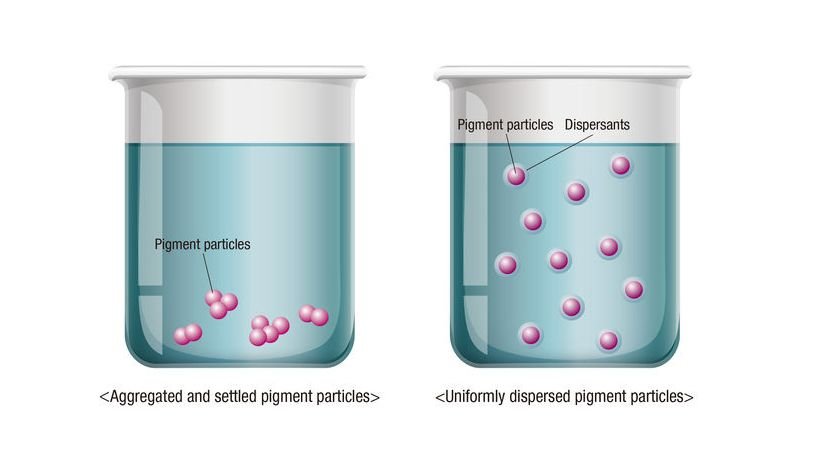Factors Affecting the Shelf Life of DTF Pigment Inks
Ink Composition
- Stability: Pigment inks tend to be more stable than dye-based inks, but gradual pigment settling can impact long-term performance.
- Quality Ingredients: The stability of pigment inks depends on the binders, dispersants, and solvents used in the formulation. Poor ingredients can lead to faster oxidation or decomposition.
- Oxidation Concerns: Exposure to air can reduce ink quality, so always store your inks in a sealed environment and use them relatively soon after opening.
Storage Environment
- Temperature: Aim for 15°C to 25°C (59°F to 77°F). Extremely high temperatures accelerate oxidation and sedimentation, while very low temperatures can cause inks to thicken or freeze.
- Humidity: Excess moisture can lead to contamination and color shifts. Keep your storage area dry and well-ventilated.
- Sunlight Exposure: Direct sunlight, especially UV rays, can break down pigments and diminish color vibrancy.

Container Sealability
- Tight Seals: Choose airtight containers or original ink bottles with secure lids to prevent oxygen from entering.
- Clean Handling: Keep the container’s rim and lid clean, sealing it tightly immediately after use to maintain ink freshness.
Shelf Life of DTF Pigment Inks After Opening
Once opened, DTF pigment inks typically last between 6 months and 1 year, depending on storage conditions. Key tips include:
- Proper Sealing: Minimize exposure to air by sealing containers thoroughly.
- Cool, Dry Storage: Avoid direct sunlight and maintain moderate humidity.
- Gentle Mixing: Shake or stir gently to prevent settling and ensure even pigment distribution.
Tips for Extending Shelf Life
- Sealed Storage
- Use vacuum-sealed bags or hygroscopic agents to control humidity levels within the container.
- Regular Mixing
- Shake or stir the ink gently but consistently to prevent excessive sedimentation.
- Avoid Direct Sunlight
- Keep inks in a dark, cool place to protect them from degrading UV rays.
- Quality Check
- Inspect inks for color variations or precipitation before each use. If you spot any changes, test-print to confirm print quality.
Can I Use Unopened DTF Pigment Inks After a Year?
It doesn’t normally work, so why not? It has to do with these two things:
- Regular Shaking Required: Even unopened ink requires periodic shaking to prevent settling and clumping. If you haven’t been doing so, the ink may become unusable.
- Not Recommended for Long Storage: Storing ink for over a year can lead to loss of color vibrancy and potential printing issues, often outweighing any cost savings.

6 Practical Suggestions for Storing DTF Pigment Inks
- Environment Temperature Control
- Keep inks between 15°C and 25°C (59°F–77°F) to maintain optimal performance.
- Avoid Vibrations and Shaking
- Minimize jostling to prevent pigment clumping. Store inks upright and handle them gently.
- Shield from Direct Sunlight
- Store inks in a dark area to protect them from UV rays that can degrade color quality.
- Ensure Strong Container Seals
- Immediately close lids after use to prevent oxidation and solvent evaporation.
- Labeling and Organization
- Clearly label ink containers with dates and use the first-in, first-out method. This prevents old ink from exceeding its shelf life.
- Regularly Check Dates and Quality
- Monitor color or sedimentation changes and conduct periodic test prints. Aim to use inks within 12 months and discard expired products.

Conclusion
By maintaining proper temperature, humidity, and container sealability, along with regular ink checks, you’ll extend the life of your DTF pigment inks and ensure consistently vibrant prints. A little extra care now translates to reliable, high-quality outputs and fewer printing headaches down the road.









